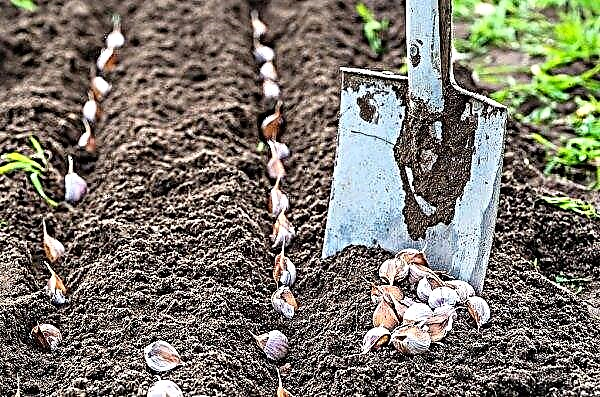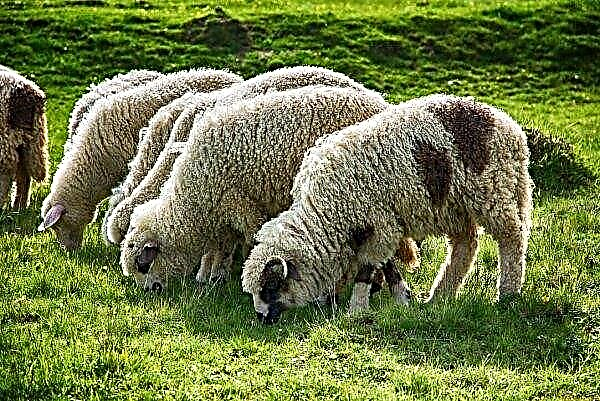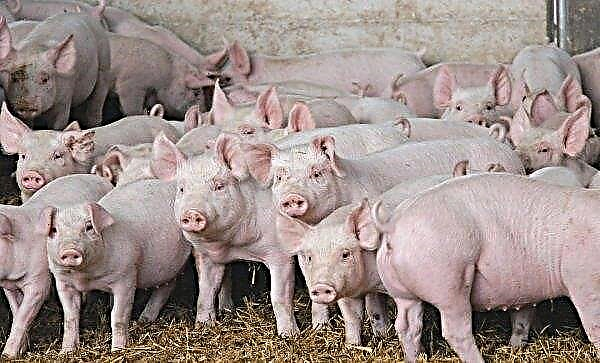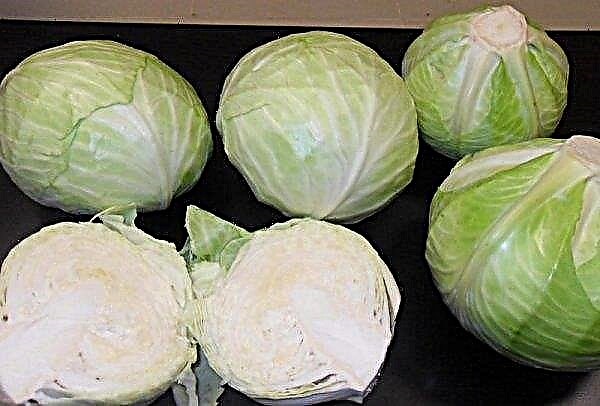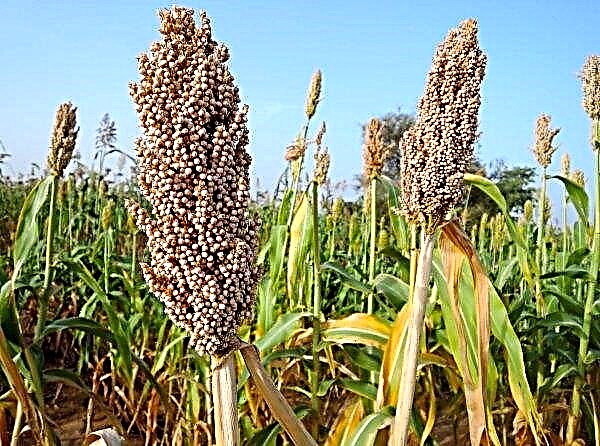Wheat farmers want maximum yields without loss from disease. Such a fungal disease, like smut, not only reduces the volume of harvested grains, but also significantly spoils their quality. Our article will tell you about the smut of wheat, its varieties, the reasons for the appearance and methods of dealing with it.
What is smut of wheat
Smut of wheat is a fungal disease. The defeat of plant crops occurs with smut fungi. From their sleeping spores (teliospores), four-cell basidium grows. Gradually, the mycelium permeates the entire plant. More often these fungi affect winter and spring wheat varieties. The quality of the crop with the appearance of this disease drops sharply.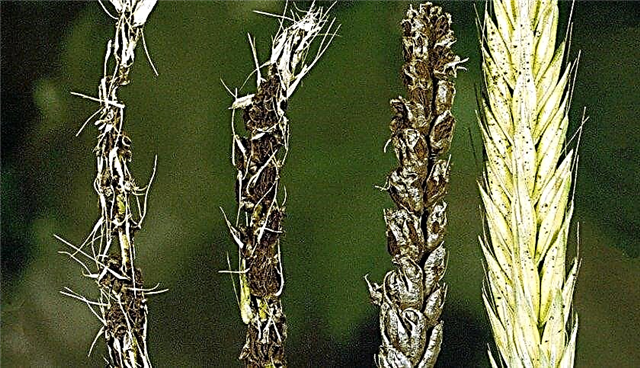
Ears gradually become hollow and often take on a charred appearance. Hence the name "bunt". This type of mushroom contains the alkaloid ustilagin (ustilagin), therefore, infected plant crops are poisonous and harmful to the human body.
Geographical distribution of the disease
Smut of wheat has a wide geographical distribution. So, smut can occur in all regions where wheat and barley are grown. It is found in all regions of the country. Dusty is found everywhere where cereal crops grow.
The dwarf variety is more often detected in the northern regions of the Caucasus, in Azerbaijan, Armenia, in the south of Kazakhstan, in Moldova and some regions of Ukraine. The Indian variety is found mainly, as the name implies, in India. The stem has zones of destruction in Azerbaijan, Georgia, Turkmenistan, Uzbekistan, Kyrgyzstan, in the south of Kazakhstan, the North Caucasus and the Crimean peninsula.

Symptoms
You can notice the disease already at the initial stage of the appearance of spikelets. They become flattened, a greenish color appears with a blue tint, or the plant takes on a charred appearance. Some flaking of the scales is observed. The spikelets smell unpleasantly, and they have a deformed appearance. The disease slows down the development of culture, weakens it, and the grain grows smaller, loses its quality.
Causes of the disease
Infection itself occurs through seed and soil. When threshing, spores from diseased ears stick to healthy ones, and then when sowing seed material they fall into the soil and affect wheat germ.
Important! Infection can occur from agricultural machinery and implements (containers, seeders, etc.), which, after contact with infected specimens, have not been disinfected.
The following factors contribute to the rapid development of the disease:
- A longer flowering period. In varieties with prolonged flowering, flakes open widely during this period, which makes plants vulnerable.
- High humidity (more than 50%) at moderate temperature conditions (+21 ... + 24 ° С). Precipitation and excessive moisture during flowering are especially dangerous.
- Wind contributes to a wider spectrum of infection due to the spread of spores.
- The late dates for winter wheat sowing, as well as too early for spring sowing.
- Seeding too deep when planting seed.
- Dense planting.
- Scanty soil, which is heavy in structure.
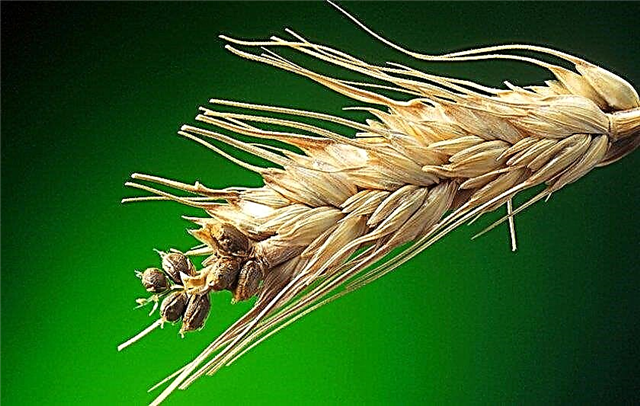
Varieties
There are five types of smut affecting wheat. In our country, the most common are hard and dusty varieties. The latter species is the most harmful. Other types are found in warmer places.
Solid
The causative agents of this type of disease are fungi of the type Ustilaginales. Hard smut of wheat can be seen at the initial stage of ear maturation. They are deformed, acquiring a slightly flattened shape and a greenish color with a blue tint. The spikelet itself becomes somewhat spread out. If you press on it, you will notice instead of the usual “milk” a gray liquid consistency with an unpleasant aroma of herring. Because of this smell, this type of smut is also called smelly.
Important! The following cultivars of winter wheat are highly resistant to smut: Zarya, Albidum 114, Kiyanka and others.
During the full stage of grain maturation, the difference in color disappears. However, in a diseased spikelet, bags with oval-shaped fungal spores are formed instead of grains. If they are squeezed and destroyed, an odor of trimethylamine (herring) will be heard. Since spores of basidiomycetes are much easier, the ears remain standing and do not fall under the weight of the grain, like healthy specimens.
Dusty
Infection of wheat with a smutty smut occurs during flowering. The causative agent is the fungus Ustilago tritici Jens. Teliospores affect the ovary and ovules, which are converted to grain. However, inside the affected seeds in the embryo have fungal hyphae.
Over time, all parts are affected, turning into a dark mass, except for the rod. Then the membrane is destroyed, and the teliospores enter the soil by dispersion. Instead of an ear, only the rod remains. In some cases, the spikelet is not completely affected, but partially. The disease also captures the stem and leaf plates. In the grain, this fungus remains viable for more than 3 years.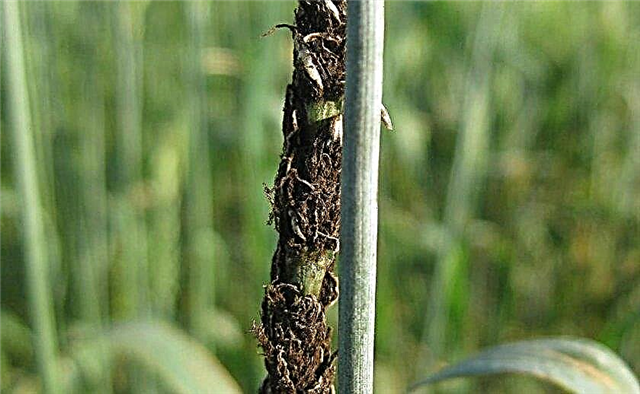
Indian
The causative agent of this variety of smut is the mushroom Neovossia indica Mundkur. It affects mainly individual ovaries. At the site of the lesion, instead of grain, a dark consistency of teliospores with a herring smell is formed. On average, the defeat is up to 5-6 spikelets in the entire spike. In this case, only the embryos or grooves of the grains are usually affected. But the germinal parts are not always destroyed, and the seed material emerges, giving healthy-looking sprouts. With a strong degree of damage to the grain and their scales fall off.
Varietal variety of wheat, which would be immune to the smut, does not exist, but low-growing varieties are more susceptible to this disease.Important! When an Indian disease is afflicted, a decrease in the germination of grains, as well as their qualitative characteristics, is observed. Wheat productivity drops by 12–20%. In the Russian Federation, when it is detected, quarantine is declared.

Dwarf
Dwarf smut mainly occurs in winter wheat varieties. This disease appears in places along the edges of fields, along roads. The causative agent is the fungus Tilletia controversa Kuehn.
This species is similar to a solid head. Affected specimens are too bushy. But the stems are noticeably lower than healthy 2-4 times. The ears have a denser structure and are slightly shorter than usual. When ripening, the grains remain half covered. Sometimes branching and ripening are observed in an earlier period. Disputes are dark in color.
The harmfulness of the dwarf species is an order of magnitude higher than that of the solid smut. The viability of the teliospores of the fungus in the soil is 2–9 years. Affected grains germinate more slowly and not in full.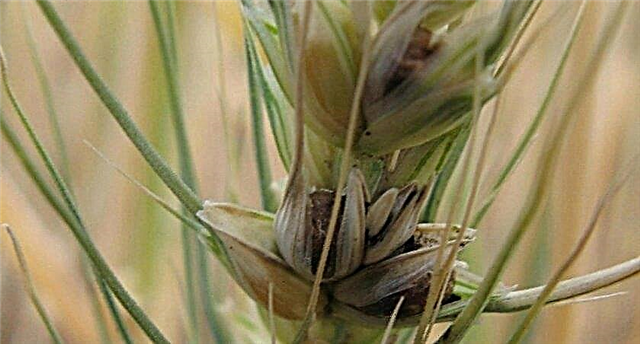
Stem
The causative agent of the disease is the fungus Urocystis tritici Körn. This fungal disease affects wheat until the first leaf is formed in the sprout. Wheat leaves become smaller, bushiness decreases.
This type of smut forms longitudinal and convex stripes on the stems, leaves, and sheaths of plants. Initially, they have a light color, but eventually acquire a darker gray color. Then these bands crack, revealing dark teliospores. Affected specimens grow more slowly and form a mass of affected tissue fibers instead of an ear. In this case, the yield is significantly reduced.Did you know? When comparing wheat genotypes, scientists suggested that the cultivars of this plant came from Diyarbakir in the southeast of modern Turkey.

Ways to combat the disease
Sick head smashed wheat. If signs of this disease were found during ripening, then they are not trying to save him. Pesticides worsen the quality of not only affected but also healthy wheat.
The affected grain has an unpleasant odor and a changed color, which is extremely negative for the quality of bakery products. Standards allow it for baking bread, but with a content of not more than 10%. Before this, the raw materials are washed and cleaned with special equipment.
How to fight on mowed wheat
After mowing wheat, spores of smut fungi remain in the ground. Getting rid of them contributes to the introduction of manure and mineral fertilizers. This is done at a soil temperature of + 10 ... + 20 ° C. And the introduction of trace elements such as manganese and boron increases the resistance of plants to this fungal disease. Subsequently, seed etched from fungi should be sown in such land.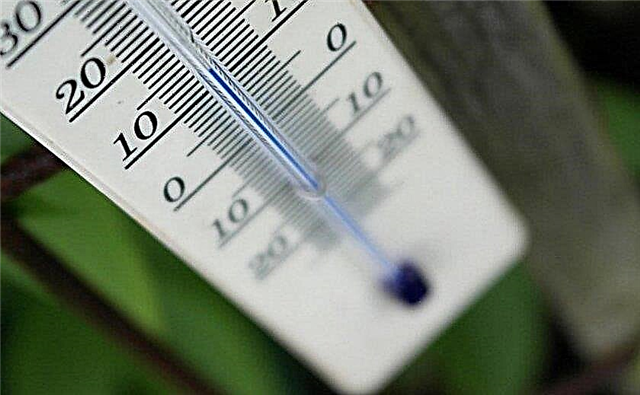
Prevention
The best remedy for smut is the prevention of its appearance. These measures include the following:
- Compliance with crop rotation.
- Sowing resistant to smut varieties.
- Deep plowing of the earth. Helps to get rid of many pathogens and pests of crops.
- Optimum sowing dates. When sown in late terms, temperature and humidity are favorable for the development of teliospores.
- Isolation of cereal crops (commodity and seed). The distance between them must be at least 1 km. Everything else should be controlled by wild grasses that grow next to the fields.
- Disinfection of agricultural machinery.
- Seed examination. Visual inspection to check the quality of planting material is not enough. During the fall and winter, new fungi may appear on the grain.
- Use healthy grains for sowing.
- Seed disinfection with systemic drugs. It can be thermal and chemical (fungicides). The most effective etching is with systemic drugs that penetrate into the grain. For this, it is effective to use drugs based on tebuconazole and fludioxonil.

Smut is a common fungal disease, severely damaging cultivated wheat, reducing grain yield and quality. The best methods of dealing with it are prevention.

